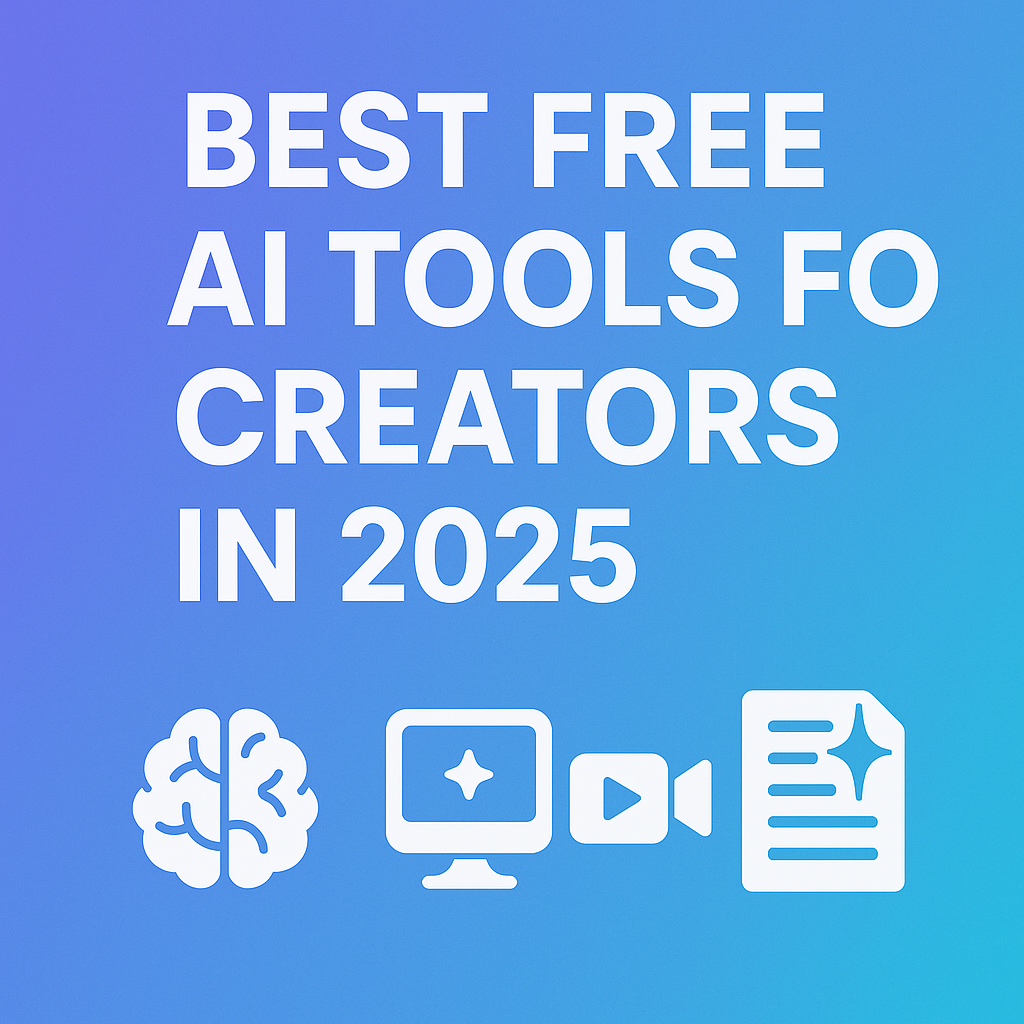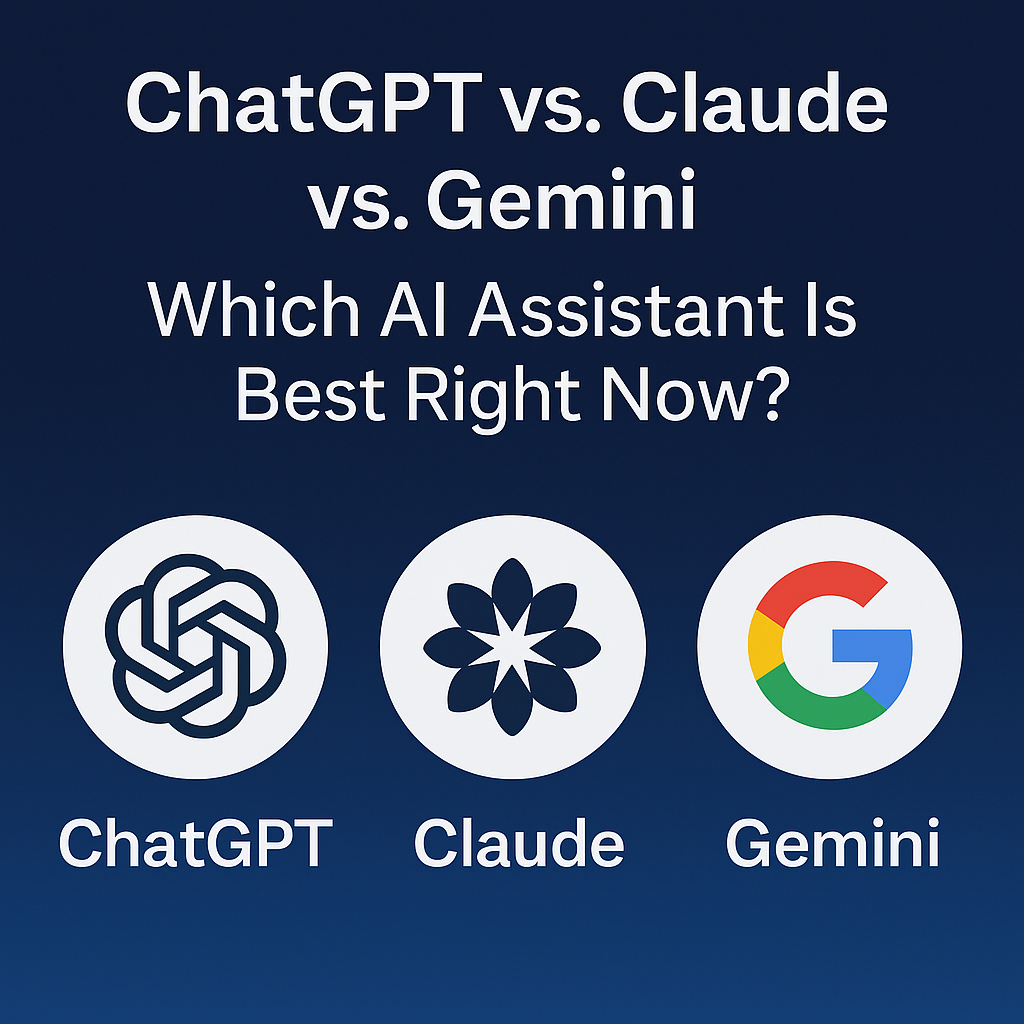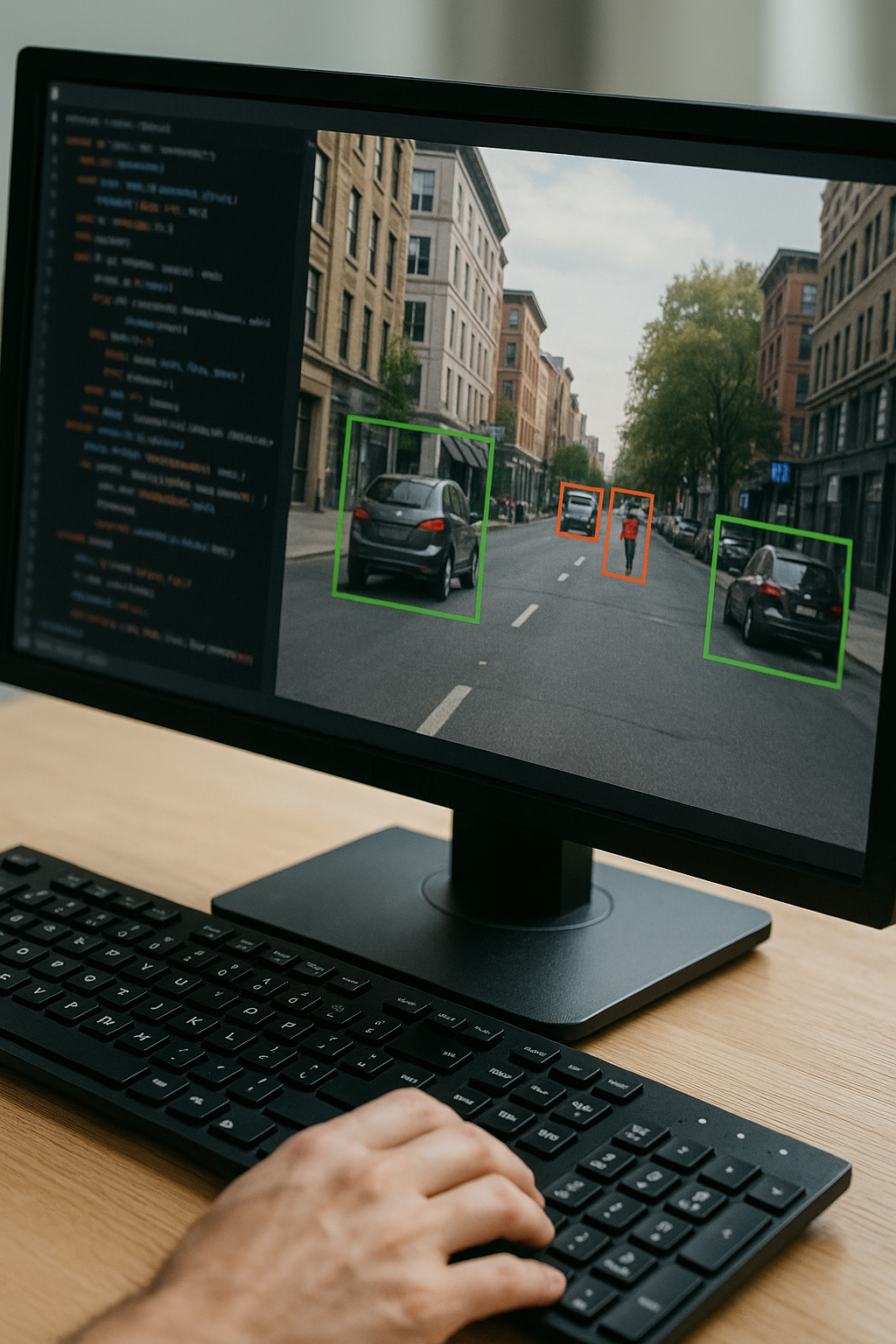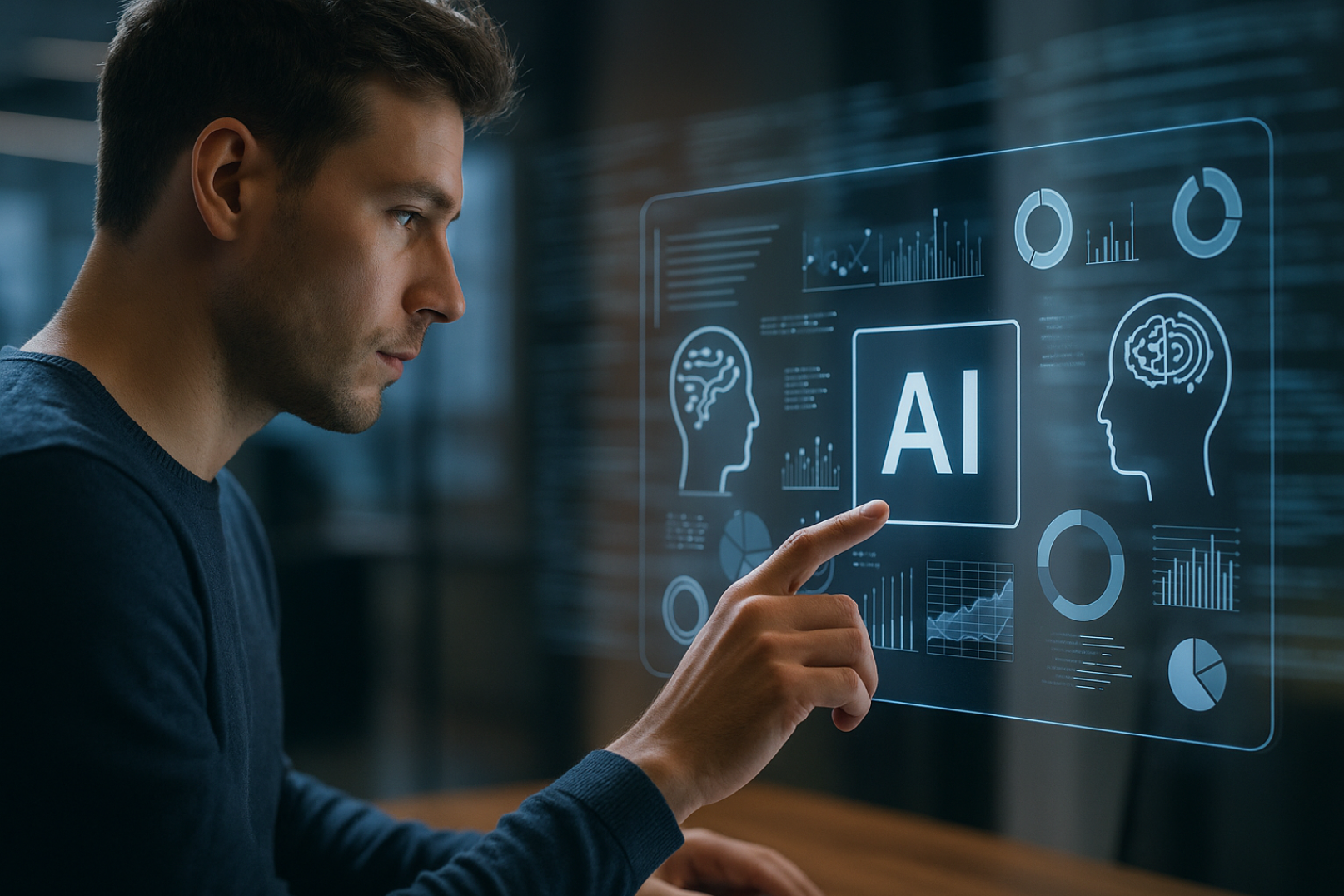7 biggest AI news stories this week
AI innovation isn’t slowing down — it’s becoming foundational
The world of artificial intelligence continues to evolve at lightning speed. The week of May 12 to May 18, 2025, delivered updates that go far beyond experimental features or beta launches. What we’re seeing now is the deep integration of AI into enterprise, education, regulation, content creation, and open-source innovation.
From product updates that bring generative tools into daily workflows to legislative efforts aiming to define the ethical boundaries of AI, this week was about AI moving from novelty to necessity. Below are the seven most impactful AI news stories from this past week — with context, takeaways, and why they matter.
1. Microsoft launches “CoPilot Pro for Teams” with company-specific AI agents
Microsoft expanded its AI capabilities for business users by launching CoPilot Pro for Teams, a powerful enterprise layer of its existing AI assistant suite. This new version allows organizations to build and deploy internal AI agents that work across Microsoft 365 — including Outlook, Word, Excel, SharePoint, and Teams.
These agents are designed to act like digital team members. For example, a marketing assistant bot can summarize campaign performance across Excel sheets and write a monthly report draft in Word. A sales assistant agent can review CRM notes in Outlook and auto-draft follow-up messages. Companies can train the AI on proprietary knowledge bases, making the assistant highly specific to the organization’s workflows, tone, and policies.
Security remains a focus: admins can control data access, audit AI activity, and restrict agent behavior using enterprise-grade compliance tools.
Why it matters: This represents a major shift toward AI as an operational teammate, not just a writing tool.
2. OpenAI rolls out GPT-4.5 with real-time web access and smarter memory
OpenAI made significant upgrades to ChatGPT with the release of GPT-4.5, which brings faster processing, improved contextual memory, and — most notably — a live web browsing feature for ChatGPT Plus and Enterprise users.
This new web-enabled mode allows users to query up-to-date information directly within a conversation. Instead of switching between tabs, users can now ask ChatGPT to summarize recent news, pull data from websites, or fact-check in real time — directly in the chat interface.
GPT-4.5 also offers better multilingual support, more accurate code generation, and the ability to remember user preferences and conversation style across sessions.
Why it matters: The line between chat assistant and real-time research tool is officially blurred — ChatGPT is becoming a live information engine.
3. Hugging Face launches “Training Cluster Hub” for open-source AI labs
Hugging Face, a leading force in the open-source AI community, launched its Training Cluster Hub — a collaborative cloud platform that allows smaller labs and developers to share compute resources, datasets, and fine-tuning frameworks.
This platform is designed to help developers work on open-source models like LLaMA 3, Mistral, and Falcon, even if they don’t have access to expensive training infrastructure. Researchers can submit workloads, monitor progress, collaborate on tuning, and benchmark models using open evaluation sets.
The project also includes a leaderboard for transparency and incentives for contributors — part of Hugging Face’s broader mission to democratize AI and reduce reliance on proprietary black-box systems.
Why it matters: Hugging Face is setting the stage for more accessible and accountable AI development, especially for universities, nonprofits, and small startups.

4. Meta’s EmuEdit debuts in Instagram Reels — generative video hits the mainstream
After several months in private beta, Meta officially integrated its EmuEdit tool into Instagram’s Reels editing suite. Creators can now use natural language prompts to modify visuals, add effects, or change lighting — directly in the app.
Example commands include:
- Turn background into a sunset
- Add neon lighting
- Blur surroundings but keep subject in focus
EmuEdit leverages Meta’s generative vision model to process short video clips and apply scene-level changes — essentially bringing real-time generative media to millions of content creators.
This move places Meta at the forefront of generative visual creativity, especially among Gen Z users already familiar with AI tools.
Why it matters: Generative AI isn’t just for professionals — it’s now embedded in how the next generation makes content, one tap at a time.
5. China’s AI Act draft nears final review, with strong deepfake restrictions
The Chinese government moved one step closer to passing its national AI regulatory framework, which mirrors parts of the European Union’s AI Act but takes a more top-down enforcement approach.
The law includes:
- Mandatory labeling of AI-generated content
- Ban on synthetic media used in political messaging without disclosure
- Real-name registration for developers of foundational models
- Explainability requirements for high-risk algorithms
- Hefty penalties for abuse of facial recognition or surveillance AI
This comes amid rising concerns over misinformation and national security risks tied to deepfake technology and synthetic propaganda.
Why it matters: China’s regulatory approach will set precedents for Asia and influence how international companies localize AI products in strict governance regions.
6. Runway’s Gen-3 Alpha adds voice-to-video scripting
Creative platform Runway announced an expansion to its Gen-3 Alpha video generation tool, now allowing users to describe entire video scenes using just voice input.
Using sentiment detection, speech pacing, and audio tone, Gen-3 can generate short cinematic clips with guided scene transitions — such as “A stormy forest with a slow zoom on a cottage window” or “A hopeful sunrise over a city skyline with soft ambient music.”
While still in limited rollout, the feature is already being used for:
- Storyboarding film ideas
- Social video marketing
- Game environment concepting
Why it matters: This is a powerful step toward hands-free creativity — where anyone can go from idea to visual concept using just their voice.
7. Google unveils “Project Mercury” — AI tutor for personalized K–12 learning
At the Future of Education summit, Google introduced Project Mercury, an AI-powered tutor tailored for K–12 students. Designed to work alongside Google Classroom, it supports multiple subjects and adapts to individual learning styles, pacing, and language needs.
Teachers can monitor student progress, customize modules, and ensure the AI meets academic standards. Mercury also includes built-in privacy controls, including data encryption and parent consent features.
The system is being piloted in 100 schools across the U.S. and Latin America, with early feedback pointing to increased engagement among students with learning differences.
Why it matters: Personalized learning is finally scalable — and AI tutoring may be the key to closing educational gaps in real time.
Final thoughts: AI is becoming infrastructure, not just innovation
The common thread across this week’s AI developments is integration. Whether it’s embedded in productivity tools, creative platforms, or public policy, AI is moving from optional to operational — quietly becoming the backbone of how we live, work, and learn.
This transformation isn’t about hype anymore — it’s about real, measurable change. If you’re building, hiring, creating, or learning in 2025, staying updated on how AI is evolving isn’t optional. It’s a necessity.
Want weekly updates like this?
Every Monday, we deliver AI insights you can use — from tool updates and ethical shifts to policy changes and use cases. Fast, practical, and never clickbait.
Sign Up For Our Weekly Newsletter and Get Your FREE Ebook " AI For Everyone - Learn the Basics and Embrace the Future"
Join 10,000+ tech-forward readers shaping the future of intelligent systems.











